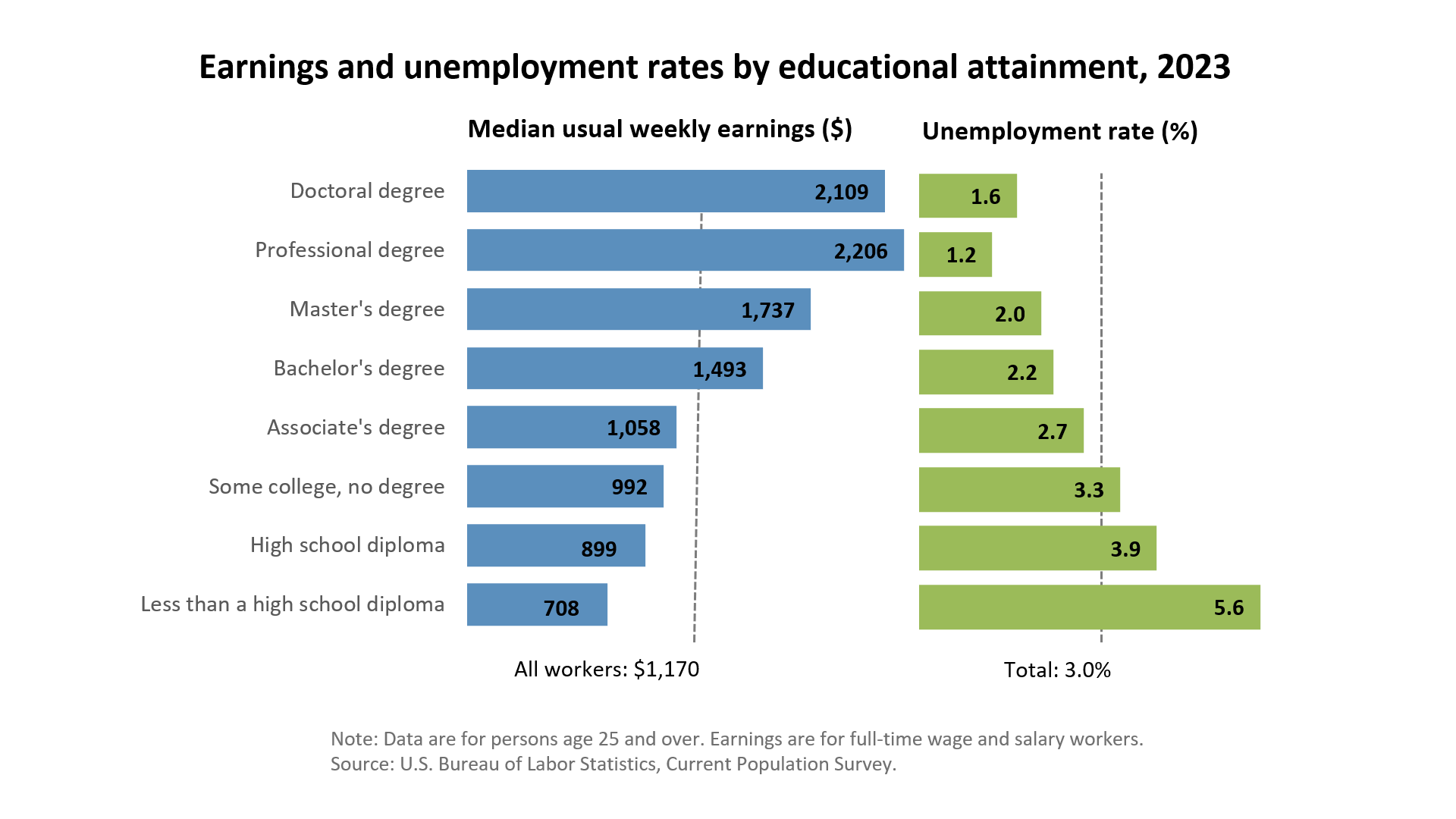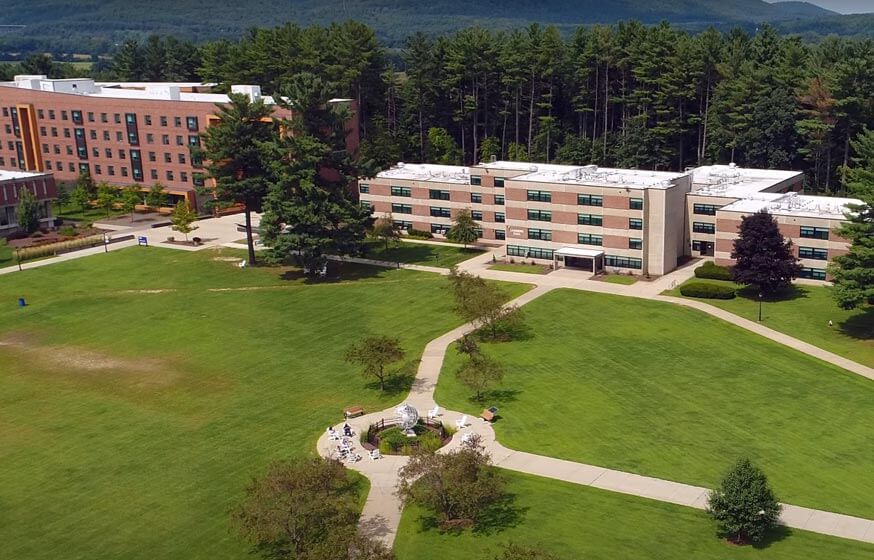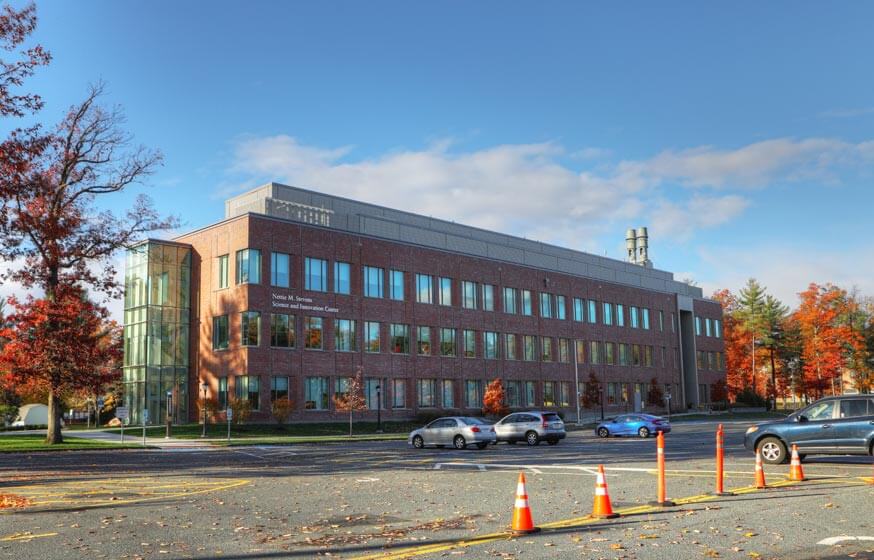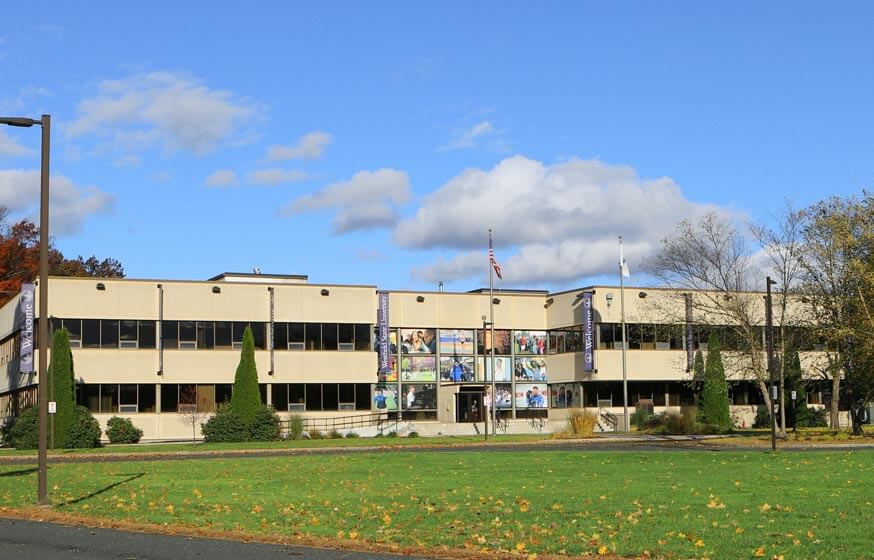Get Matched With Online Colleges
As you get ready to go to Westfield State university in Westfield, Massachusetts, you’ll be moving to a large suburb. Westfield isn’t far from Springfield. Even though these communities are geographically close, the traffic on the highway means you’re going to be slowed down if you decide to explore outside Westfield. A weekend trip to Boston may take from an hour and a half to two and a half hours.
Search All Programs
Overview of Westfield State University
As you study a map, you’ll see that the university is near the western boundary of Westfield. In your free time, you’ll be able to check different activities out in the city such as the river esplanade, Hawks Nest Conservation Area, or Dewey House; Hampton Ponds Park is at the northeastern edge of the city.
Westfield State University is a 4-year public school. Students earn degrees ranging from bachelors up to post-graduate certificates. If you are planning to earn a degree that goes beyond a bachelor’s, you can choose to return to Westfield without transferring any credits.
The student population is 6,100, mostly undergraduates, and the student-to-faculty ratio 16 to 1. With this ratio, you’re likely to have a relatively easy time getting in touch with your professors, though you might not be able to talk to them after class. You won’t have to worry about finding off-campus housing because the university has campus housing, which means you’ll be living in a dorm setting with fellow students.
General Information
| School Type | Public |
|---|---|
| Campus Setting | Suburb: Large |
| Campus Housing | Yes |
| Student Faculty Ratio | 16:1 |
| Graduation Rate | 61% |
| Year Founded | 1838 |

Student Enrollment
Total Students6,100
5,382
718
Undergraduate Student
Male 2,422
Female 2,960
Graduate Student
Male 323
Female 395
Explore Map
Admissions
APPLICATIONS4,455
ACCEPTANCE3,876
Acceptance Rate87%
Enrollment 1,046
| Admissions | |
|---|---|
| Application Fee | $50 |
| High School GPA | Required |
| High School Rank | NA |
| High School Transcripts | Required |
| College Prep Courses | Required |
| Formal demonstration of competencies | Recommended |
| Recommendations | NA |
| SAT/ACT | Required |
| Other Test (Wonderlic,WISC-III,etc) | Recommended |
| TOEFL (Test of English as a Foreign Language) | Recommended |
| Application Deadline | March 1 |
| Common Application Accepted | No |
Tuition Cost & Financial Aid
The total price of your education is not only tuition (in- or out-of-state), but also books, supplies, room and board, and other various expenses. For Westfield State University, this comes out to $26,044 on average.
If you or your family are eligible for financial aid, you may not have to pay all of this amount to the university. Instead, you pay the average net price, which refers to the amount that’s left after financial aid has been applied. For a recent academic year, the average net price was $17,149. For families earning between $48,001 to $75,000 their price is around $17,643 and families earning more than $110,001 pay around $23,002.
Freshmen students who applied for financial aid in a recent year numbered 863. About 61% of them (or 605) received an average of $6,456 in grants and scholarships. And 429 (43%) received an average of $2,726.
| Average net price | 2018-2019 |
|---|---|
| Net Price | $17,149 |
| Average Total Aid | $6,456 |
| Students Receiving Financial Aid | 86% |
| Room & Board | $11,453 |
Sticker Price
- Tuition In-State - $10,849
- Tuition Out-of-State - $16,929
- Books and Supplies - $1,070
- Room & Board - $11,453
- Other - $2,672
Academics
After your first year, you may decide to complete your university education here. This means that you, along with a certain percentage of your fellow freshmen, become a part of the retention rate, which is the number used to track how many first-year students return for their sophomore year. In many ways this indicates that students enjoy classes and the social environment, at least they think it is worth returning. The retention rate at Westfield State University is 75%.
The 4-year graduation rate is 50% and the 6-year rate is 61%. Students taking classes part-time or who must finish a few more classes after four years often complete their degrees at the 6-year mark. This is becoming more and more common across the US.
You may decide at some point in your schooling that you need more spending money, maybe just to improve your social life or maybe because you have a couple of bills that you are responsible for. If you talk to your adviser, you may be able to take one or two classes in the evening or, if you prefer, you may be able to take them in an online format.
The most popular degree programs offered include business, management, marketing and related support services; homeland security, law enforcement, firefighting, and related protective services; education; psychology; and communication, journalism, and related programs.
Retention
Rate
4 year
Graduation
Rate
6 year
Graduation
Rate
Student Population Total
Student Population 6,100
5,382
718
Most Popular Programs & Majors
(# of Diplomas Awarded by Subject)
| All Business Majors | 233 Total Graduates / 18% |
|---|---|
| Business/Commerce, General | 233 Graduates |
| Homeland Security, Law Enforcement, Firefighting and Related Protective Services | 214 Total Graduates |
| Criminal Justice/Safety Studies | 214 Graduates |
| All Education Majors | 159 Total Graduates / 12% |
| Elementary Education and Teaching | 77 Graduates |
| Kindergarten/Preschool Education and Teaching | 47 Graduates |
| Special Education and Teaching, General | 28 Graduates |
| History Teacher Education | 3 Graduates |
| All Psychology Majors | 102 Total Graduates / 8% |
| Psychology, General | 102 Graduates |
| Communication, Journalism, and Related Programs | 73 Total Graduates / 6% |
| Speech Communication and Rhetoric | 73 Graduates |
| All Other Diplomas | 41% |
Outcome & Salary
After graduation, you’ll be ready to begin earning a salary. Graduate’s early-career salaries are around $48,400, their average salary is about $59,454, and their mid-career salary is $84,300.
The 4-year cost of education (net price) is $68,596. You can look for a return on investment (ROI) beginning with your 10-year earnings. Your 10-year salary earnings potential is $594,540 and your 20-year salary earnings potential is $1,437,540. After deducting the net cost of your education, your 10-year projected (ROI) is $525,944 and your 20-year projected ROI is $1,368,944.
A high school graduate not going to college earns a national average salary of $38,792. Their 10-year projected income is $387,920 and their 20-year projected income is $775,840.
| Graduates Salary | |
|---|---|
| College Grads Early Career Salary | $48,400 |
| College Grads Average Salary | $59,454 |
| College Grads Mid Career Salary | $84,300 |
| Return on Investment (ROI) | |
|---|---|
| 10 Year Salary Earnings Potential | $594,540 |
| 20 Year Salary Earnings Potential | $1,437,540 |
| Cost of Education (Net Price) 4 Year | $68,596 |
| 10 Year Projected ROI | $525,944 |
| 20 Year Projected ROI | $1,368,944 |
| No College Education Salary Comparison | |
|---|---|
| National Average Salary | $38,792 |
| 10 Year Projected Income | $387,920 |
| 20 Year Projected Income | $775,840 |

Related Top College Resources








